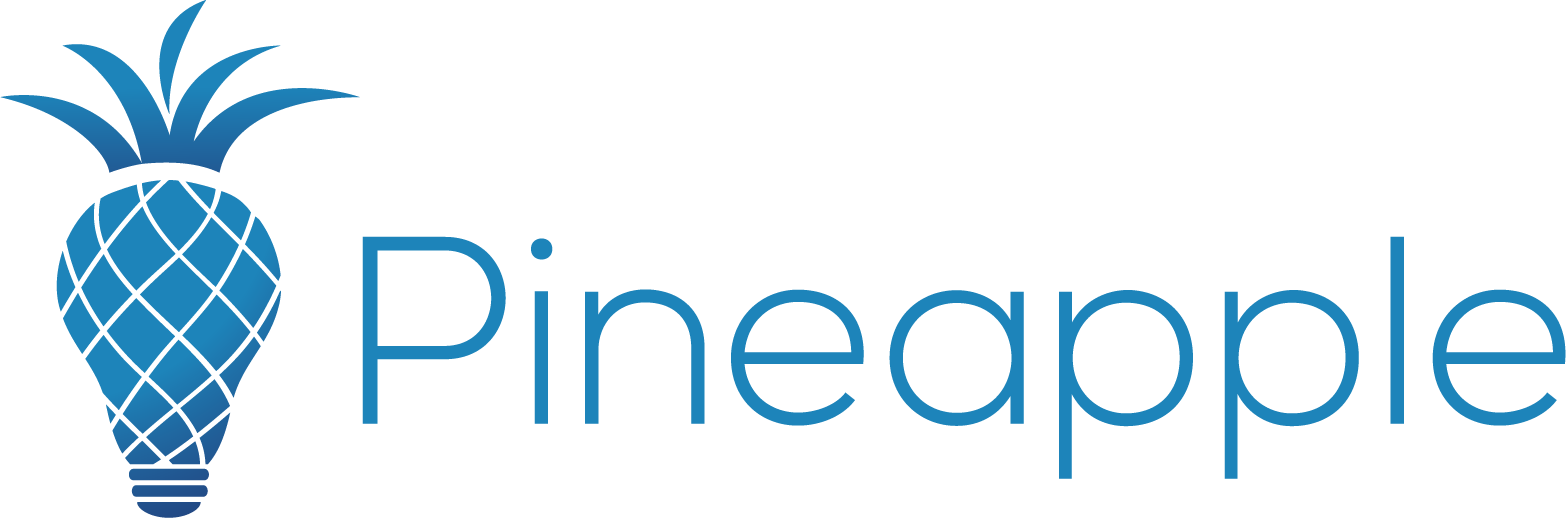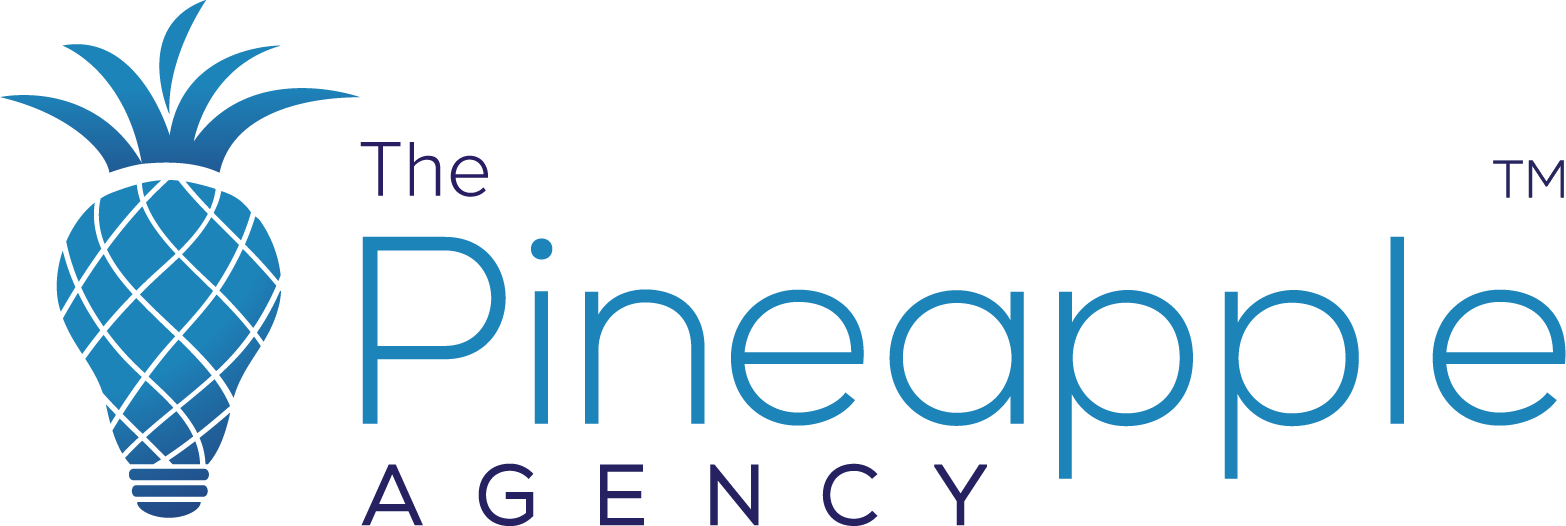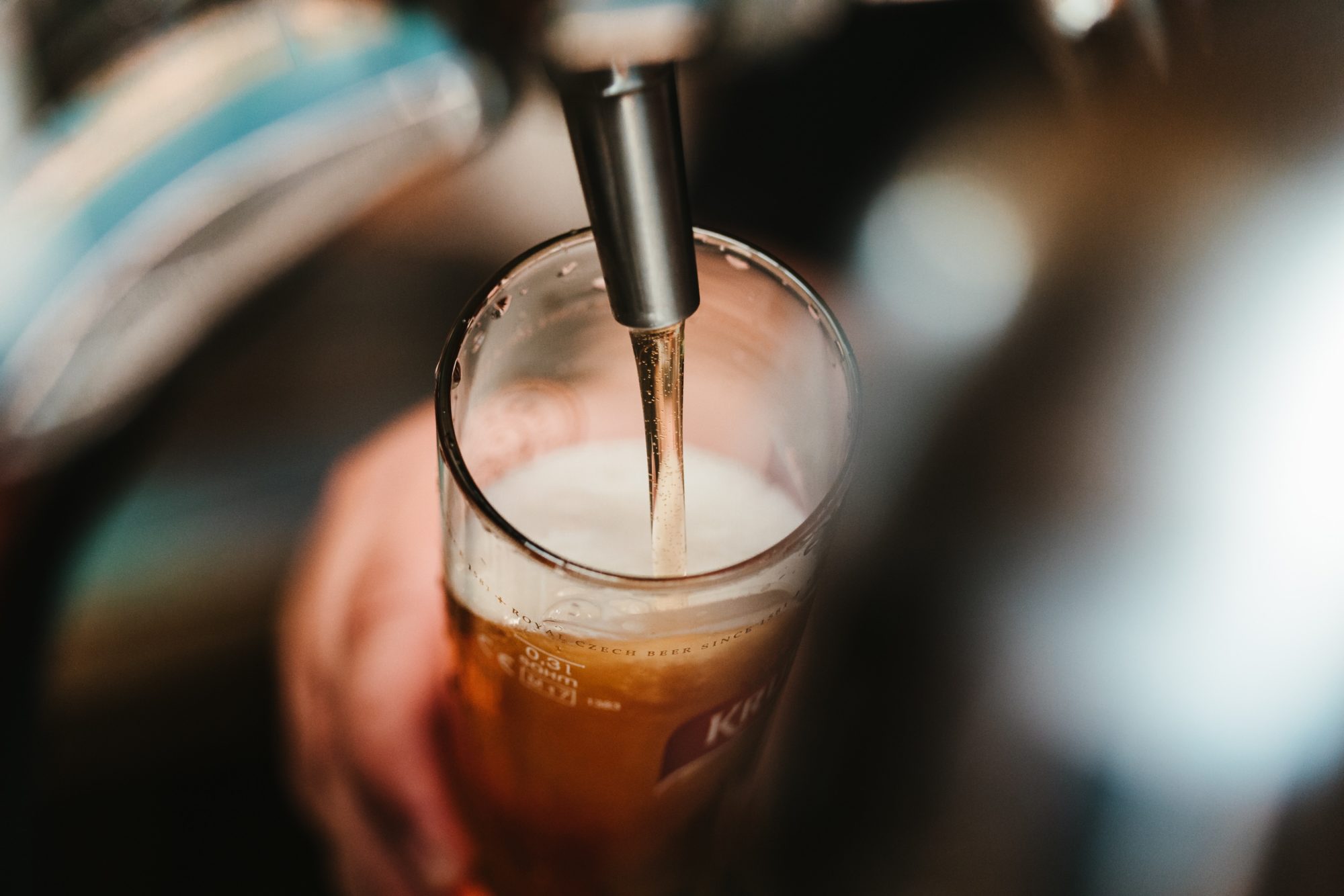How Challenger Beer, Wine and Spirits Brands Can Compete Using Experiential Marketing Tools
The beer, wine and spirits industry is evolving. There is a consumer trend toward premiumization in spirits, more consumers are drinking wine for its diverse flavor profiles and there’s a shift toward higher-quality beers, which has stimulated growth among craft brewers.
In fact, Eugene Kashper, the millionaire owner of Pabst Brewing Company, believes the beer category will continue to shift away from mainstream lagers and be dominated by super-premium, craft, cider, flavored malt beverages and import beers — categories that will make up 70 percent of sales by 2025 by his projections.
For years, Goliaths such as Anheuser-Busch InBev, Constellation Brands, and Brown-Forman have led the industry leveraging their massive advertising budgets. But, with consumer palettes continuing to change, there’s now an opportunity for challenger beer, wine, and spirits brands to take market share.
To compete, though, challenger brands must outthink rather than outspend these category dominators. The success of a challenger brand’s marketing is about creating passion through advocacy and activation, not ad spend.
Challenger beer, wine, and spirits brands are increasingly turning to experiential to make a deeper connection with consumers. Once an afterthought to traditional advertising, events are now a cornerstone of many marketing plans. In fact, experiential and event marketing budgets increased by 6.1% in 2015 according to the EventTrack 2015 report.
In an increasingly digital world, experiential activations are providing consumers a full sensory experience including the opportunity to taste, smell and play with brands — in person. Live, face-to-face, events are being used to gain visibility, entertain and educate. These activations create an emotionalconnection to a brand that cannot be duplicated with mass advertising.
From these events, enthusiastic customers develop a personal link to their favorite beer, wine and spirits brands. They take to social media as an outlet to express their knowledge and passion. This drives word-of-mouth, which
Millennials rank as the number one influencer in their purchasing decisions about packaged goods.
Furthermore, 84% of consumers say that they either completely or somewhat trust recommendations from family, colleagues, and friends about products and services – making these recommendations the highest ranked source for trustworthiness according to Nielsen.
Where Should Challenger Brands Start?
- Research – Focus on brand, demographics, competitors, trends and marketing theory/tactics.
- Imagination – Ideate the visuals, sound, fragrance, interactivity and taste possibilities.
- Strategy – Build an in-depth strategy that keeps ideas effective before, during and after the event, both live and digitally.
- Fabricate – Design, build, and customize elements to meet the needs of the project.
- Creation – Bring the strategy to life in an immersive activation.
With the right experiential strategy and execution, challenger beer, wine, and spirits brands can use events to develop brand advocates and leverage social media for unprecedented reach. Experiential is the fire and social media is the fuel that will allow these challenger brands to unseat the incumbents.
http://www.brewbound.com/news/eugene-kashper-transforming-172-year-old-pabst-brewing-company-underdog-startup



